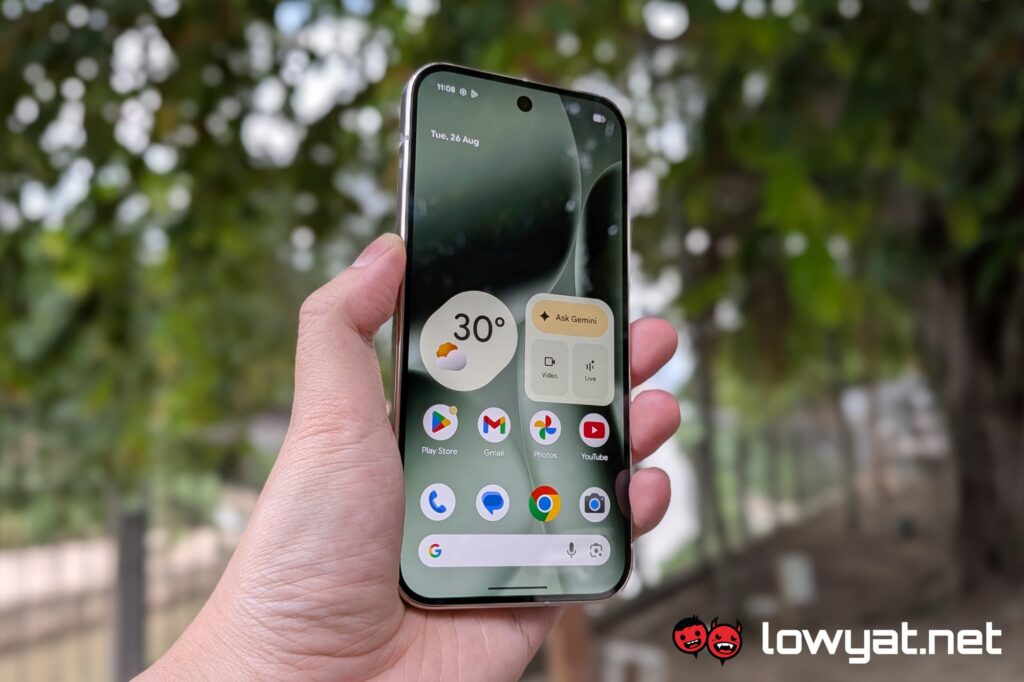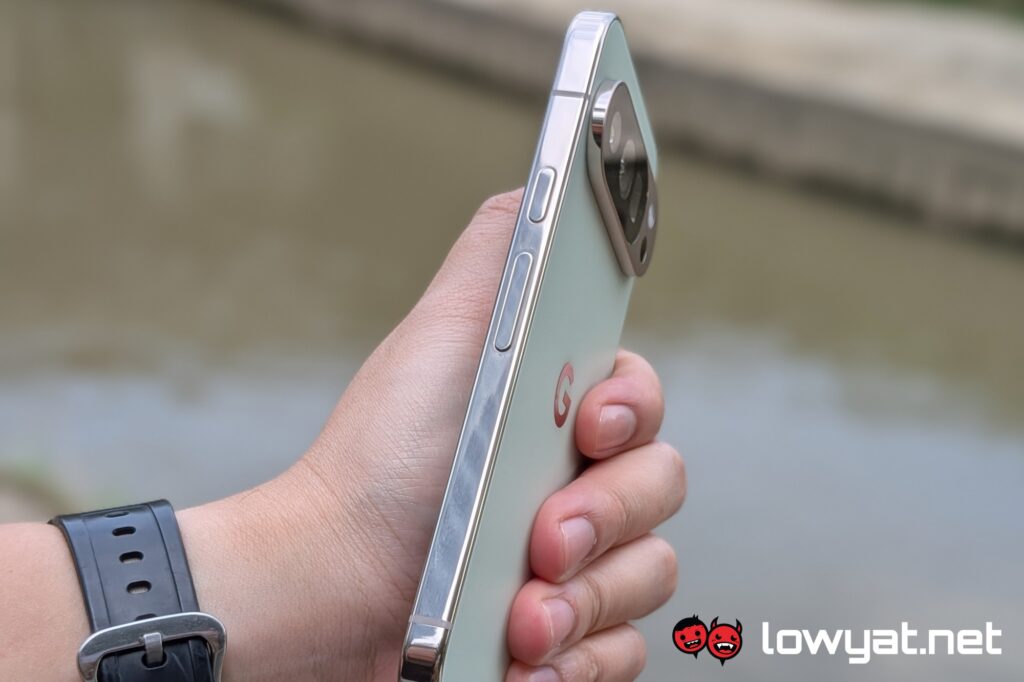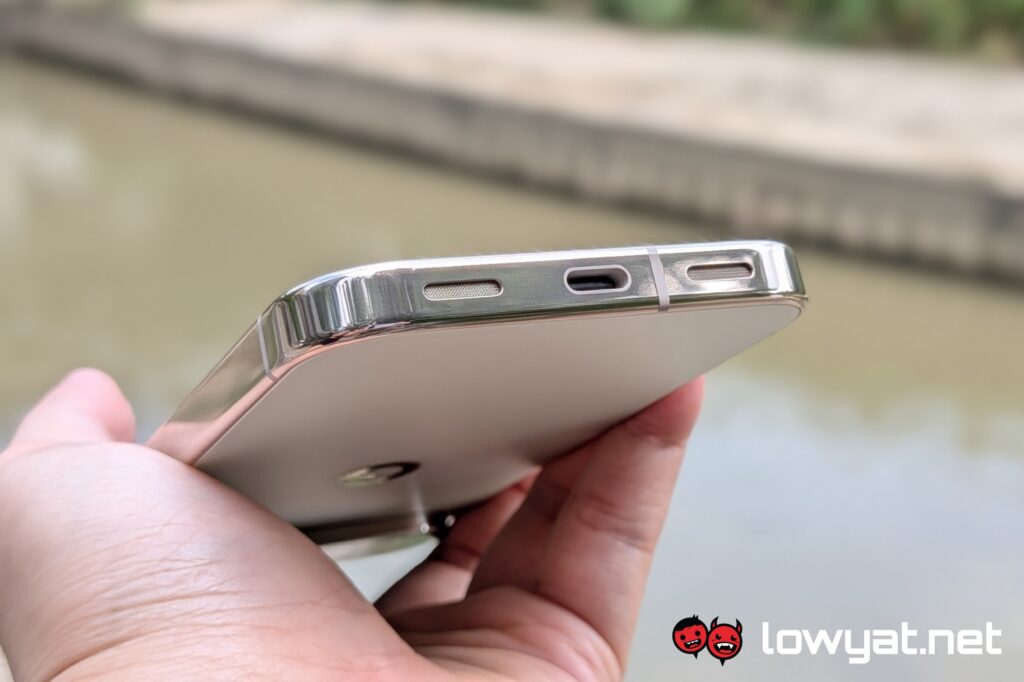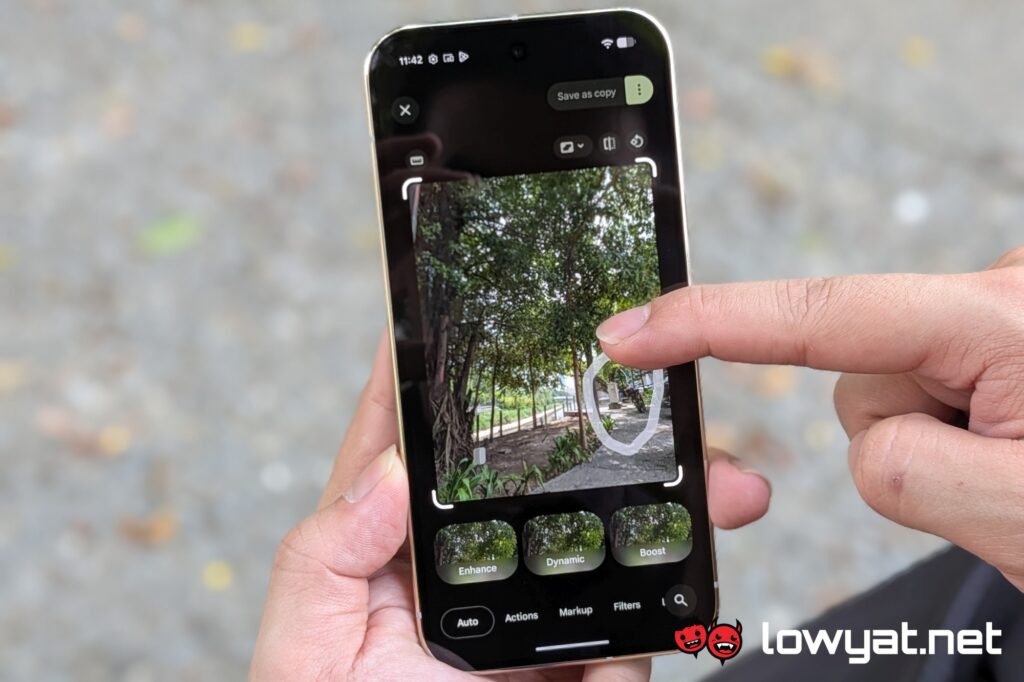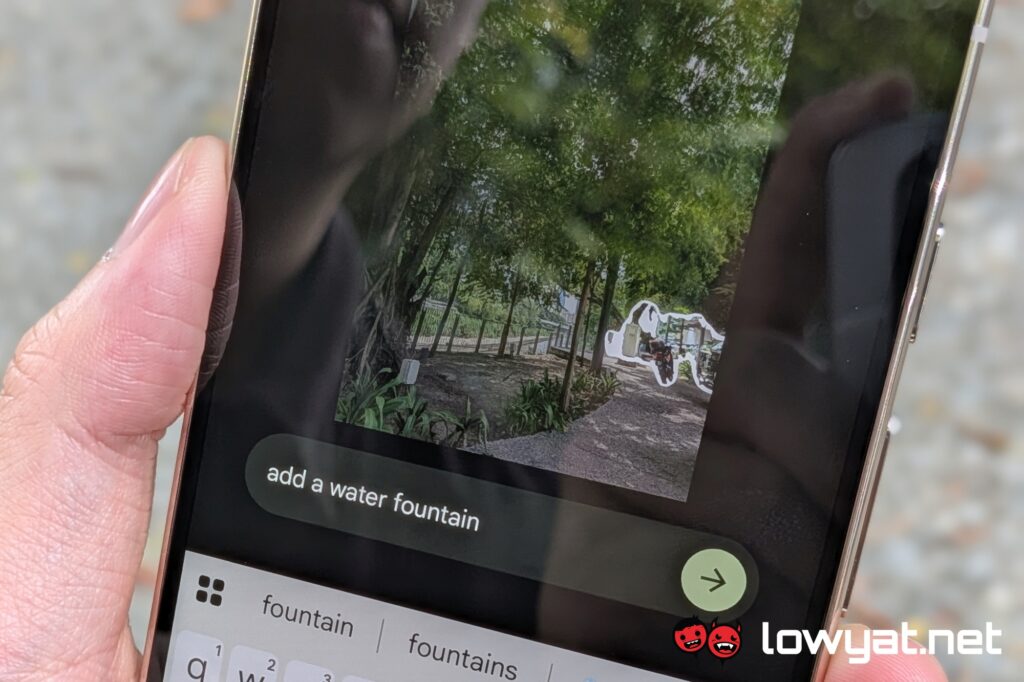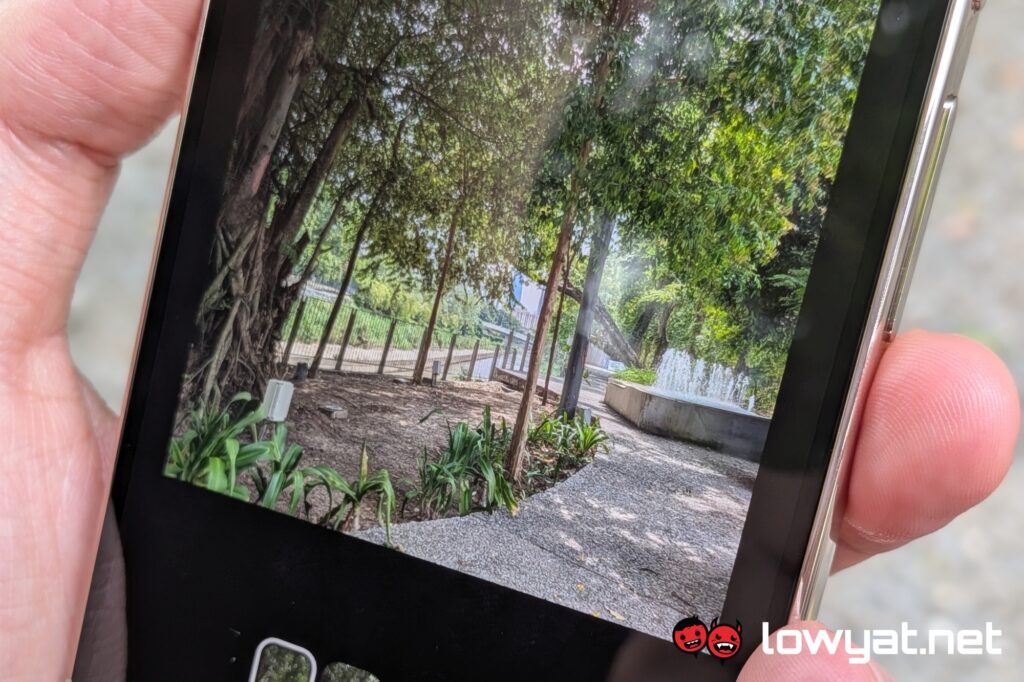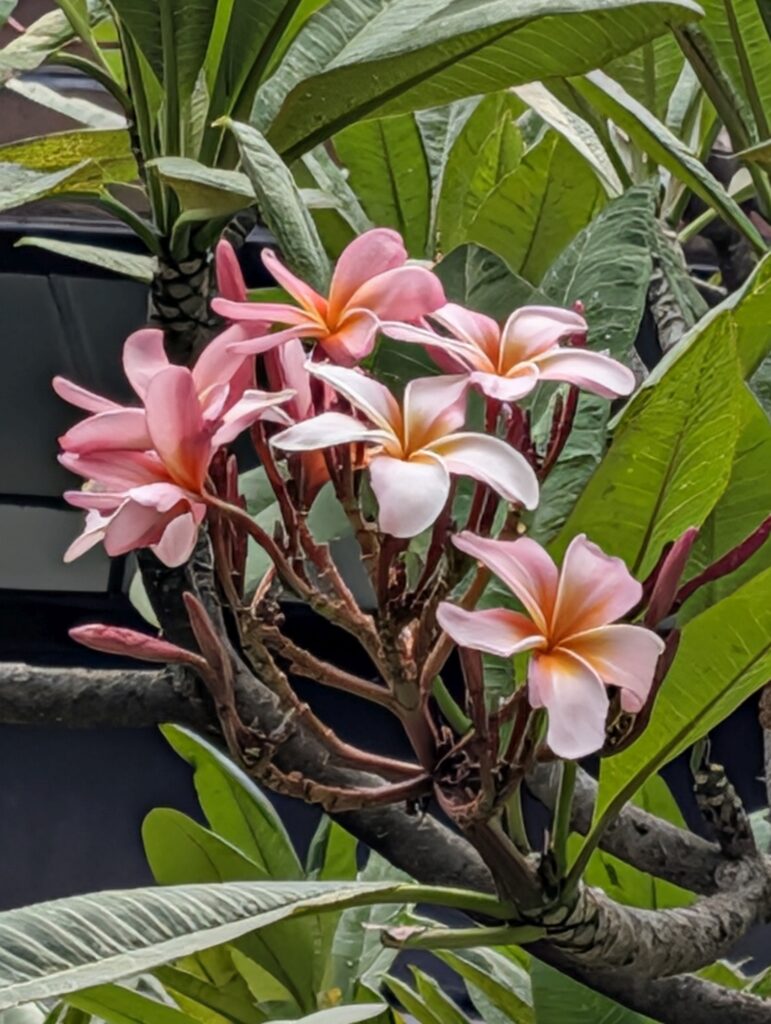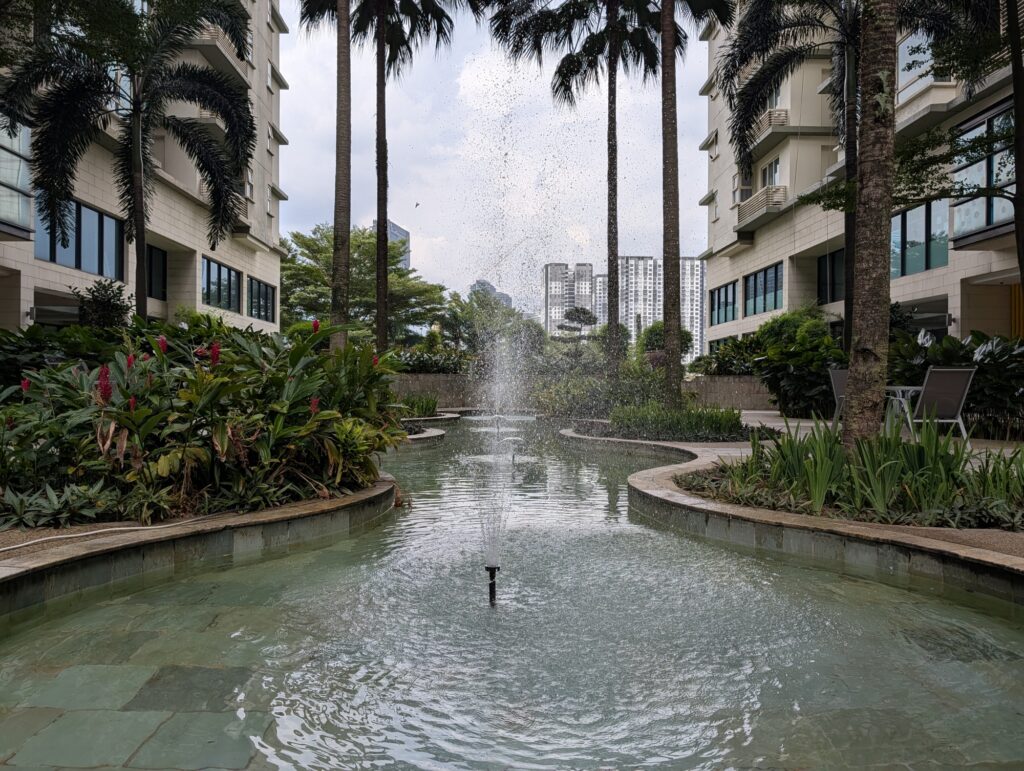With the Google Pixel 10 finally being given its own 5x optical zoom camera at the back, it seems the greatest edge the Pro models had over the base version is no more. Of course, that’s not to say that they are completely comparable, or the internet search giant wouldn’t bother with the suffix.
All that being said, whether the remaining differences between them still justify their price differences is something you’ll have to weigh for yourself. Of course, if you need a second opinion, here’s mine, for what it’s worth.
Specifications
![]()
Looks and Functionality
The Google Pixel design language has been pretty consistent throughout the past couple of years. And for the Pixel 10 Pro, this means that, beyond specific colour variants, you’d probably struggle to tell them apart. And it’s much the same story when they are in hand as well, as the phone has a very familiar heft to it.
I mentioned as part of my first impressions of the Google Pixel 10 Pro that the power button and volume rocker switching positions need getting used to. And I’m happy to say that, having used it for a few weeks now that I have. But I have a sneaking suspicion that once this review process is over and I don’t use other phones using the same setup, it will end up being a skill I’ll have to relearn.
As with any other Pixel phone, the reason you get one is for the purest form of the Android OS. But as my colleague mentioned in her review of the base model Pixel 10, it’s a little different this time around. This is because of all the AI features that look to be exclusive to this line of phones. Of course, your mileage may vary when it comes to these features, but if you’ve made it this far in life without them, you can live out the rest of life without them too.
Worth noting at this point is that I, too, have failed to get Magic Cue to work. It’s by far the most consequential feature announced during the launch of the Google Pixel 10 series, so not being able to test it out is quite the bummer.
Performance and Battery
But that’s not where the bad news ends unfortunately. Like the base model, the Google Pixel 10 Pro makes use of the Tensor G5 chipset. In most use cases, the chipset is perfectly capable of giving you a smooth user experience. But when you do encounter the snags, they are a persistent bane.
This is most evident when trying to play Destiny: Rising, especially earlier in the review process. At the time, artifacting was a real issue, and expecting a smooth experience was a test of patience. On this front, things have improved quite a bit since. Naturally this is less of an issue with games like Yu-Gi-Oh! Master Duel, and especially if you stick to the singleplayer modes.
The biggest offender specific to the Google Pixel 10 Pro that we’ve been passed for this review is the infamous aggressive RAM management. But rather than just having apps reset when you’re cycling between a few of them, my issue with it is specifically with video streaming. This applies to dedicated apps like YouTube, or when streaming the same via the Chrome browser.
![]()
While watching a video, if I happen to have missed something and need to rewind to catch that moment again, nine times out of 10 the video will end up buffering again. Which means that in the 10 seconds from the point I want to get to and where I currently am, the Google Pixel 10 Pro has dumped the cached memory, and me rewinding means it needs to fetch that bit of info again.
Battery life though is a bit of a mixed bag. Putting it through a video marathon sees the phone lasting just under 15 hours and 30 minutes. Which is an hour or two short of what I was expecting from the 4,870 mAh battery. For actual daily use with lots of media streaming and social media scrolling, I could end the day with 20% charge remaining, just as the battery saver mode kicks in.
Camera
![]()
As mentioned, now that the Google Pixel 10 has its own telephoto zoom camera, the Pro models have a bit less of an edge. But specifically in the photography department, it can still go further than the base model. The primary setup here is a 50MP main + 48MP telephoto + 48MP wide angle combo, so at the very least in terms of sheer pixel count, it still takes the cake.
That being said, the Google Pixel 10 series, Pro included, remains one of the better phones for simple point-and-shoot smartphone photography. Slightly bright and vibrant looks to be the entrenched trend already, so you’ll have to work for flat, accurate colours.
If you don’t mind your long-distance shots being adulterated by AI, then you have the 100x Pro Res Zoom. Though pixel peepers will likely take issue with some of the resulting images shot with this feature.
Sample Images
Competition
Apple iPhone 17 Pro / Pro Max
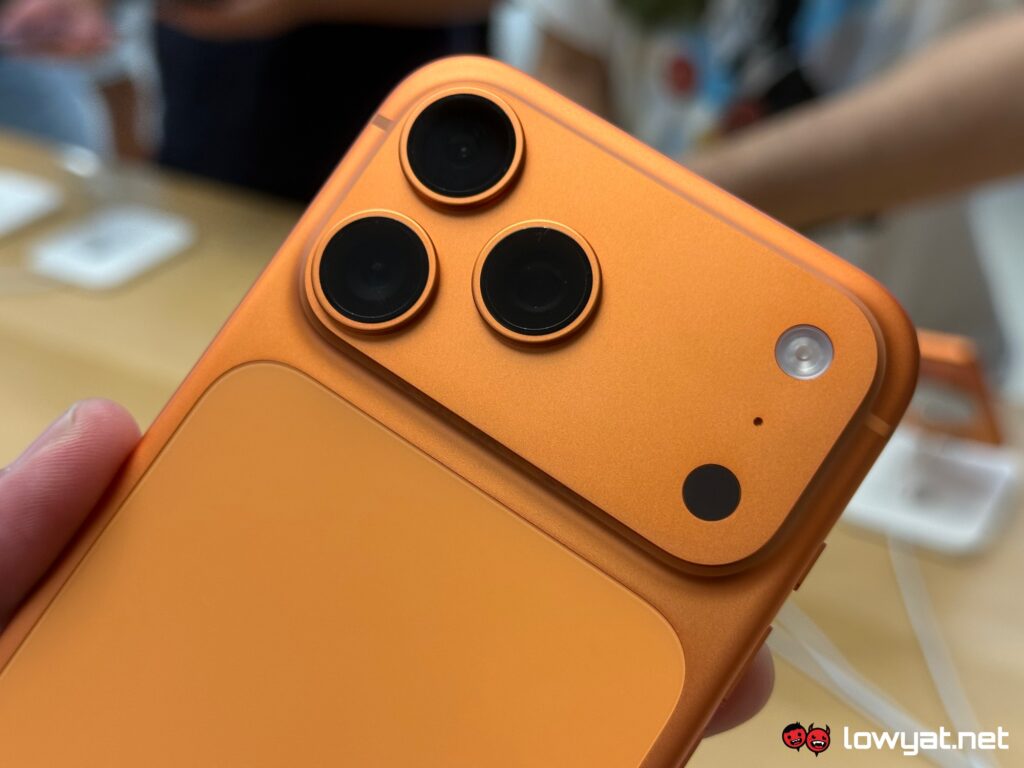
In what is a rarity for Apple, the iPhone 17 Pro mirrors the Google Pixel 10 Pro in that it doesn’t miss out on features compared to the upsized Pro model, whatever each brand calls them. With that in mind, the direct comparison between Android and iOS here is now possible. By extension, this also means comparing the Tensor G5 chipset to the A19 Pro.
Something else in the iPhone 17 pro spec sheet is a triple 48MP camera setup. And then there’s a square sensor in front featuring the previously iPad-exclusive Centre Stage. It has a starting price of RM5,499.
Samsung Galaxy S25 Plus
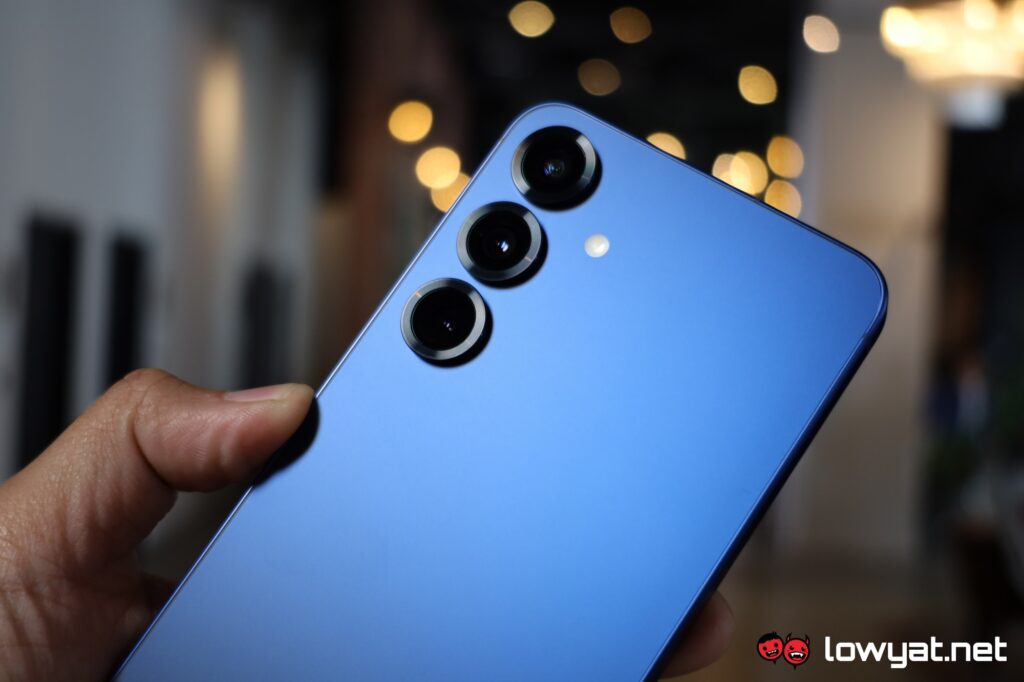
Arguably less of a direct comparison is the Samsung Galaxy S25 Plus, being noticeably larger than the Pixel 10 Pro. The pixel count of the additional cameras at the back are also vastly lower than the main shooter.
Then on the software side of things, you’ll be comparing a few Pixel exclusive AI features to a few that’s Samsung’s own take with the Galaxy AI. The Samsung phone also has a starting price of RM4,999.
Conclusion
![]()
The Google Pixel 10 Pro continues the trend of the Pixel phones being one of the better ones out there when it comes to point-and-shoot smartphones. And solidifying its superiority over the base model, it boasts higher pixel counts. Plus, it also gets the software edge with the 100x Pro Res Zoom.
Of course, the question is if what the Pro offers is worth the RM1,000 that it asks over the base model, now that it too has 5x optical zoom. While 100x Pro Res Zoom is impressive when it works, you’ll have to do your own justifying if it’s something you use on the regular. Or at least regular enough for the additional grand in investment.
Finally, there’s the matter of the video streaming experience I mentioned. If you watch a lot of videos or listen to a lot of video podcasts, for instance, you may be in for a rough experience. But it may be a rare one-off, as it doesn’t appear to have happened to anyone else. As I mentioned earlier though, this is one scale you’ve got to weigh on your own.
Photography by Adrian Low, Sam Wei Han

